NEWS
From the beginning to today
HIGHLIGHTS
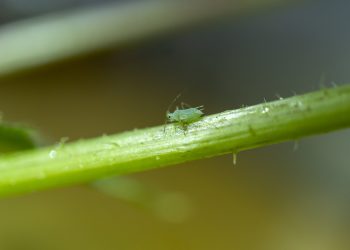
27 March 2025
Franziska Fiolka and co-authors have published a study in the journal Chemosphere that shows the pesticide uptake in the riparian food-chain. The research team shows for the first time that repeated flooding events lead to an increase in pesticide concentrations in riparian soil and nettle plants. The results show the biomagnification potential of five pesticides into plant-feeding aphids, highlighting the link between aquatic contamination and terrestrial food-web exposure. Link to the study

12 March 2025
Ken Mauser and co-authers have published a study in the Nature magazine Communications Earth & Environment that shows widespread pesticide contamination of the landscape in the Upper Rhine Valley. The research team shows for the first time that synthetic chemical pesticides from conventional agriculture do not remain on the cultivated land, but spread from the lowlands to the Black Forest and Palatinate Forest. The results show contamination with pesticide mixtures throughout the landscape and shed new light on the potential environmental impact of conventional agriculture. Further information can be found in the study and the RPTU press release .
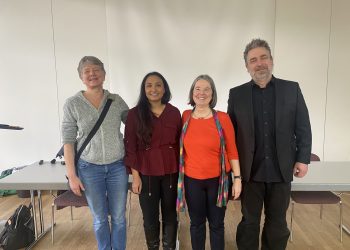
28 Februar 2025
SystemLink PhD candidate Jellian Jamin successfully defended her doctoral thesis. We congratulate her on this great success.
Jellian completed her dissertation on the topic “Implications on riparian zones impacted by invasive plant colonization and copper pollution on ecosystem functions and services.”
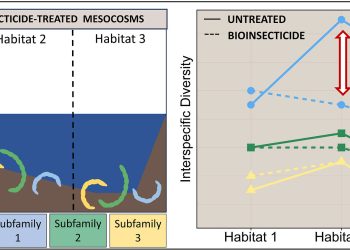
28 December 2024
This publication from Victoria Sophie Stoll and co-authors examined the impact of the mosquito control agent Bacillus thuringiensis var. israelensis (Bti) on the diversity and community composition of three Chironomidae subfamilies across different micro-habitats. The study found effects on both interspecific and intraspecific diversity, as well as on the community composition of the subfamily Chironominae, while Tanypodinae and Orthocladiinae were not affected. Furthermore, evidence suggests that these effects depend on variation in the micro-habitat. These outcomes highlight the variability of Bti’s impact on Chironomidae communities across subfamilies and micro-habitats, potentially elucidating discrepancies reported in prior studies. Link to the study
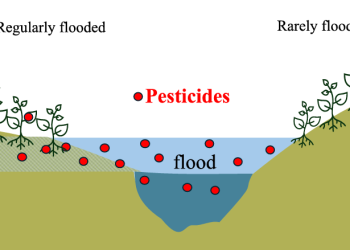
08 November 2024
This recent publication by SystemLink PhD student Franziska Fiolka and co-authors shows that frequently flooded riparian soil and plants have higher concentrations of pesticides due to flooding from streams. The study, published in Environmental Science & Technology Water, concluded that this flood-mediated pesticide transfer might affect the terrestrial food-web. Link to the study

28 July 2024
The public and music met science at the climate concert “WasserWandel.” SystemLink Postdoc Dr. Alessandro Manfrin moderated the event, organized by the Staatstheater Augsburg and majestically performed by the Augsburger Philharmoniker Orchestra. Dr. Manfrin introduced the audience to the numerous challenges that aquatic and riparian ecosystems face due to climate change, along with the wide range of anthropogenic alterations affecting their biodiversity. Also present at the event was Jürgen K. Enninger, Head of the Department for Culture, World Heritage, and Sports for the city of Augsburg.
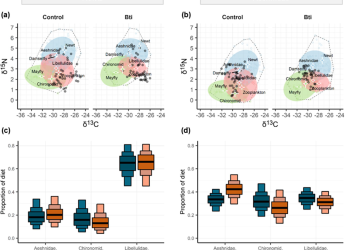
05 July 2024
A new publication from Dr. Verena Gerstle and co-authors analyzes the effect of the mosquito biocide Bacillus thuringiensis var. israelensis (Bti) on the trophic predator-prey dynamics of newts and dragonflies in pond ecosystems. The study found no effects of Bti on the diet proportions of newt larvae and no significant effects on their fatty acid content. However, the authors observed a trend in the larvae of the dragonfly Aeshnidae: in ponds exposed to Bti, compared to controls, they consumed a higher proportion of large prey (e.g., Aeshnidae, newt, and damselfly larvae). Link to the study
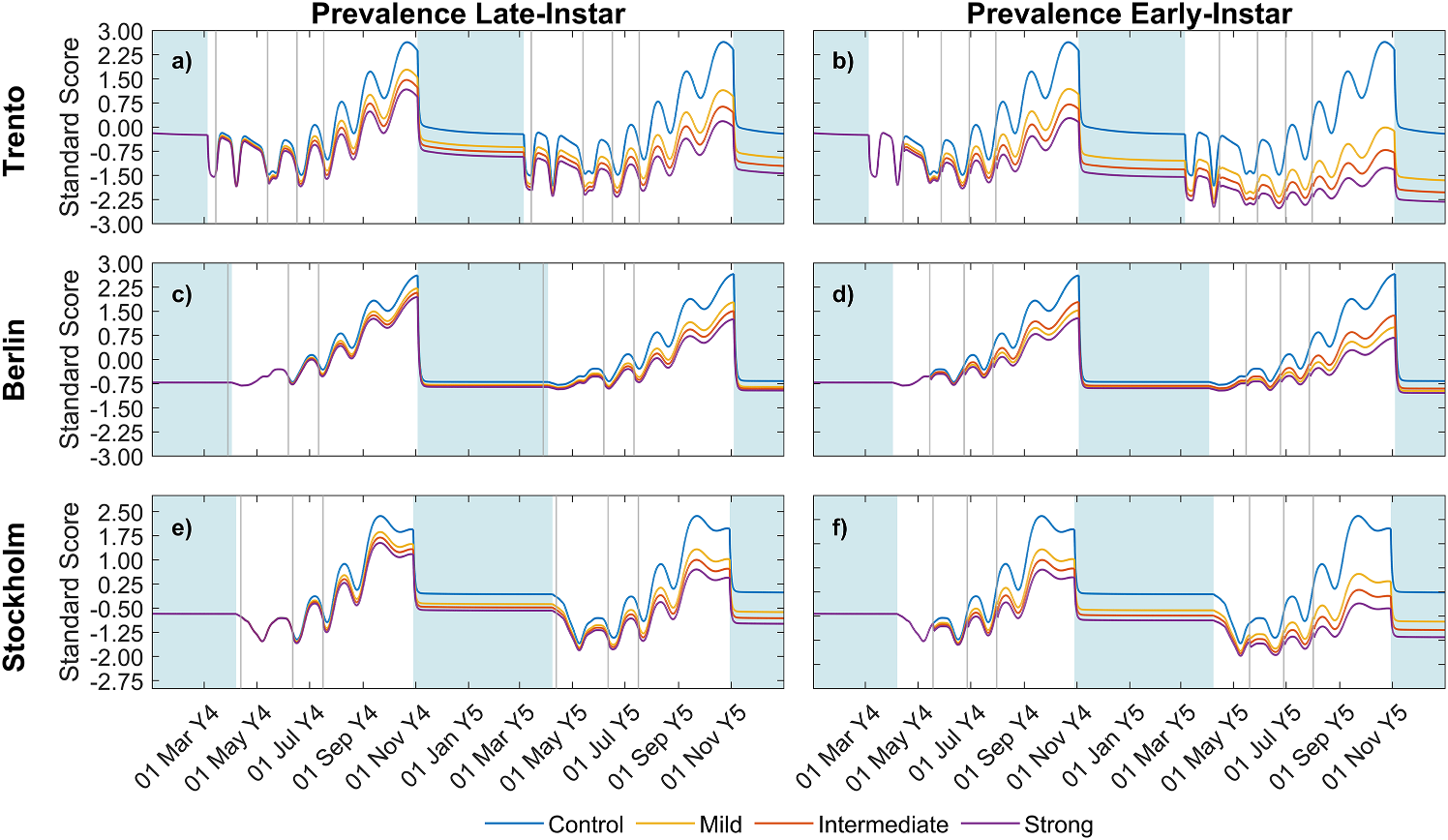
21 June 2024
In their recent paper, Dr. Alessandro Manfrin, Dr. Gregorio López Moreira Mazacotte, and co-authors developed a model to predict the long-term cumulative effects of toxicant exposure on the emergence of Chironomidae for multiple generations and across European latitudes. The emergence reduction was stronger with prevalence of early-instar larvae and twice as severe in the 2nd year of Bti application. The model is flexible and can be tuned and applied to different pollutants, scenarios, systems and functional or taxonomic units. Link to the paper

15 June 2024
In this new paper, former doctoral researcher Dr. Stephen E. Osakpolor, and co-authors developed a series of models to predict relative and interactive effects between consumption and recycling subsidy coupling pathways on the biomass and functions of a recipient ecosystem. This study suggests that future empirical and theoretical research on subsidies should consider various coupling pathways to provide a more mechanistic understanding of their effects. Link to the paper
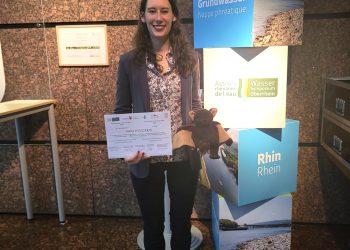
23 March 2024
Dr Maike Huszarik was awarded second place for her dissertation at the Wassersymposium Oberrhein 2024, which honoured the three best dissertations on topics relating to water in the Upper Rhine region, sustainable water management, environmental quality, design, renaturation or the protection of water ecosystems in the Upper Rhine region.
